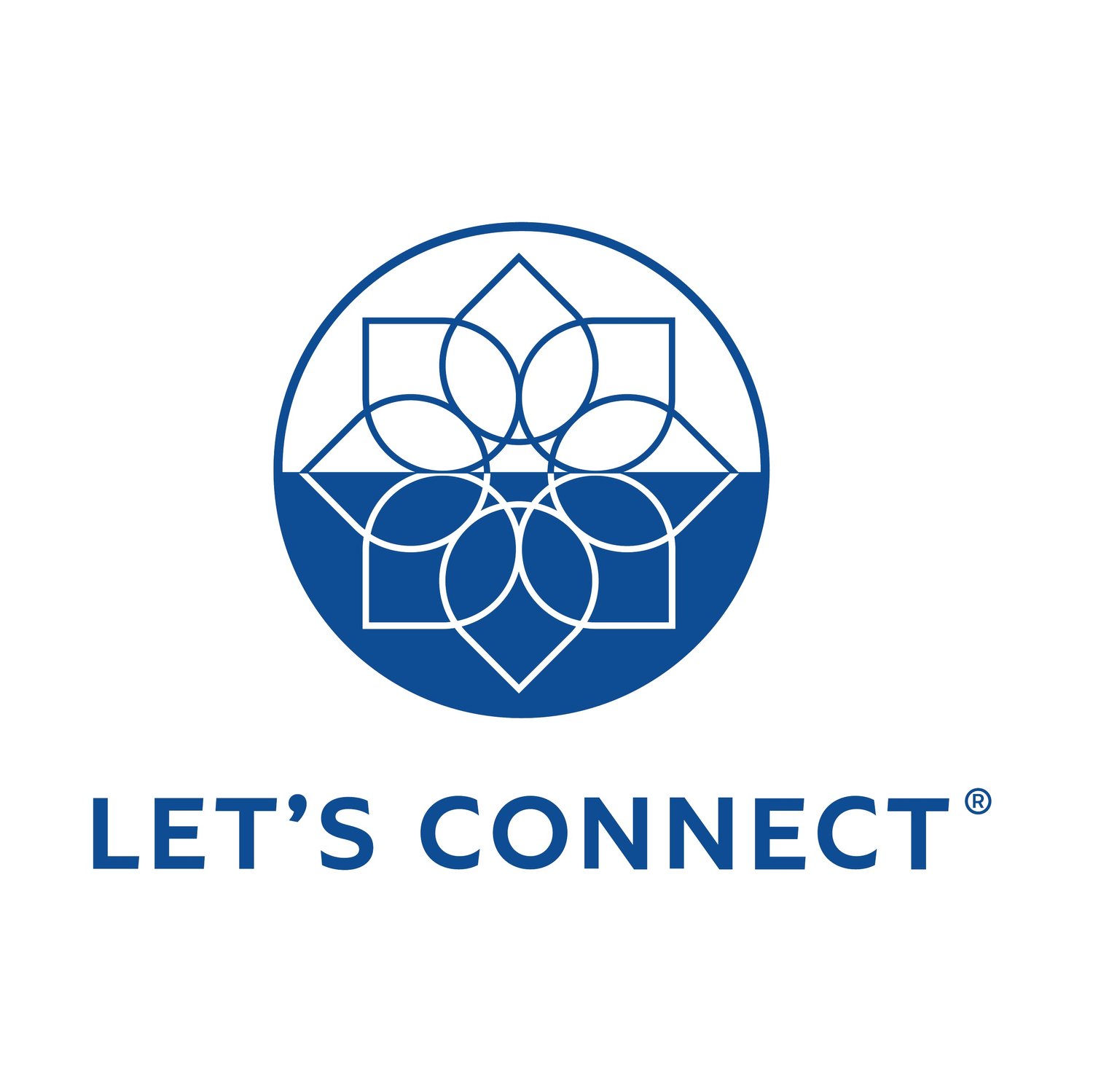KEY COMPONENTS
What are the Components of Let’s Connect?
Let’s Connect builds builds caregiver and child competencies in four interrelated ways:
1. Provides caregivers with education about resilience, social and emotional development, family emotional climate, children’s behavioral challenges, and other topics specific to each family, including child trauma.
2. Builds caregivers’ own social and emotional skills and well-being, including caregiver self-awareness, perspective taking, emotion regulation, mindfulness, and supportive presence. This work includes attention to understanding the important function that emotion serves in our lives, including the role emotion plays in interpersonal relationships. These skills are taught using the Hand-to-Heart Three Step Process (see below), which includes simple mindfulness/well-being practices, self-reflection, and increasing insight about how emotions guide parenting responses.
Hand-to-Heart Three Step Process: LC teaches caregivers steps for supporting intentional responses to children’s emotions and behavior. These steps help caregivers to navigate everyday challenges and meet parenting goals.
These steps include:
Tune-in to assess caregiver’s own emotional experience and readiness to be present with the child – “What am I feeling?” “What do I need?”
Reach out to identify the child’s feelings, needs, and perspective –”How does my child feel?” “What does my child need?” “What is the need underlying emotion and/or behavior?”
Connect with existing resources that help caregivers meet their own needs and the needs of the child, and strengthen the parent-child connection by using the Let’s Connect skills (connection, emotion support, emotion coaching) to understand the child’s experience, and help the child identify and manage their feelings.
3. Teaches caregivers specific skills for interacting with their child in a way that promotes supportive relationship quality, child social and emotional competence, and children’s mental/behavioral health and well-being.
We use the image of a house to teach the core skills for interacting with children and youth.
These skills include:
Connection Skills
Notice and Appreciate
Listen to Learn More
Label feelings
Emotion Support
Empathy
Normalizing
Showing Care and Kindness
Emotion Coaching
Extending Children’s Understanding of Emotion
Coping Strategies
Problem-Solving
Caregivers also learn how to avoid common “traps” which interfere with connection (e.g., distraction, should statements, invalidation) and make the child less likely to share and feel safe.








